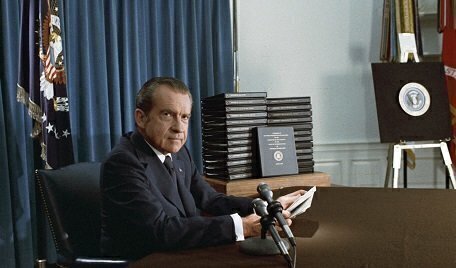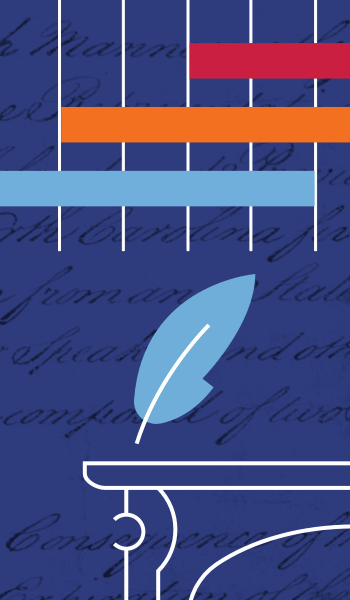Classroom Resources By Topic
Article II

Introduction
The Executive Branch: Article II of the Constitution establishes the executive branch of the national government, headed by a single President. Article II outlines the method for electing the President, the scope of the President’s powers and duties, and the process of removing one from office. The President’s primary responsibility is to carry out the executive branch’s core function—namely, enforcing the nation’s laws. From the debates over how to structure the Presidency at the Constitutional Convention to modern debates over executive orders, this module will explore the important role of the President in our constitutional system.
What is the job of the president? What powers and responsibilities does the Constitution give to the president? Which presidential powers were written down, and what has been defined over time?
How did the founding generation come up with the idea of the president, and what were their worries? What was the founding generation’s vision for the president?
How has the president’s role in our constitutional system changed over time? What are some of the modern debates over the presidency?
Constitution 101
Module 8: The Presidency and Executive Power
Article II and the powers of the President
Michael Ramsey of the University of San Diego and Christopher Schroeder of Duke University discuss how Hillary Clinton and Donald Trump understand the powers of the office they seek.
The presidency of George Washington
Akhil Reed Amar of Yale University, Edward Larson of Pepperdine University, and Douglas Bradburn of Washington’s Mount Vernon explore the constitutional legacy of our nation’s first President.
A brief review of executive privilege, from Washington to Trump
How do Presidents deal with sensitive information requests from Congress? Sometimes they just say No, citing a right of executive privilege that doesn’t technically exist in the Constitution.

Executive Orders 101: What are they and how do Presidents use them?
One of the first “orders” of business for President Donald Trump was signing an executive order to weaken Obamacare, while Republicans figure out how to replace it. So what powers do executive orders have?
Jeffrey Rosen and Ali Velshi on President Biden’s Executive Orders and History of Presidential Power
National Constitution Center President and CEO Jeffrey Rosen joins MSNBC’s Ali Velshi to break down President Biden’s executive actions and how presidential power has evolved throughout our nation’s history.
The Presidents: America’s Best and Worst Chief Executives
Experts discuss the presidents, why we rank presidents, and the significance of the executive office.








